Have you ever wondered why the universe seems quieter now than it was billions of years ago? The answer lies in the cosmic traffic of the early universe. Back then, galaxies were packed much closer together in a smaller, denser space, making spectacular collisions a common event. As the universe expanded, this cosmic dance slowed down, fundamentally changing how galaxies evolve.
Why the Early Universe Was a Cosmic Demolition Derby
Imagine a crowded room where people are constantly bumping into each other. The early universe was a lot like that, but with entire galaxies. Shortly after the Big Bang, all the matter in the universe was squeezed into a much smaller volume.
This high density meant that newly forming galaxies were neighbors in the truest sense, separated by relatively small cosmic distances. Gravity had a much easier time pulling these young galaxies together, leading to frequent interactions and mergers. It was a chaotic but crucial period that shaped the large, stable galaxies we see today.
Furthermore, galaxies themselves were smaller and still in the process of forming. These smaller “dwarf” galaxies were more numerous and served as the building blocks for the massive galaxies that now dominate the cosmos, merging over and over again in a process of cosmic assembly.
The Different Flavors of Galactic Collisions
Not all galaxy collisions are the same. These encounters range from dramatic, transformative mergers to subtle gravitational nudges. Understanding these different types helps astronomers piece together the life story of a galaxy.
The outcome of an interaction depends heavily on the size of the galaxies involved and how closely they pass each other. A major merger can completely erase the original structures, while a close flyby might just stir things up a bit.
Here are the primary types of galactic interactions:
| Type of Collision | Description |
| Major Mergers | Involves galaxies of similar mass leading to a significant restructuring. |
| Minor Mergers | Smaller galaxies merging into larger ones; the larger galaxy dominates. |
| Galactic Cannibalism | A larger galaxy consumes a smaller one over time. |
| Close Encounters | Galaxies pass near each other, resulting in gravitational interactions. |
The Powerful Consequences of a Galactic Crash
When galaxies collide, it is not like a car crash with debris flying everywhere. Instead, it is a slow-motion event driven by gravity that can last for hundreds of millions of years. The stars themselves rarely hit each other due to the vast distances between them.
However, the huge clouds of gas and dust within the galaxies do slam into each other. This collision compresses the gas, triggering massive waves of new star formation. A galaxy collision can ignite a “starburst,” creating millions of new stars in a relatively short period.
These events are fundamental drivers of galaxy evolution, reshaping their appearance and structure. For example, the merger of two spiral galaxies is thought to be one of the main ways that giant elliptical galaxies are formed.
Cosmic Expansion: Putting Space Between Galaxies
The single biggest reason for the decrease in galaxy collisions is the expansion of the universe. Since the Big Bang, the fabric of space itself has been stretching, carrying galaxies away from each other like raisins in a rising loaf of bread.
This ongoing expansion, which is accelerated by a mysterious force called dark energy, continuously increases the average distance between galaxies. With more space between them, the chances of a random encounter and collision drop significantly. The universe is simply not as crowded as it used to be.
Another factor is the decreasing availability of gas. In the early universe, galaxies were rich in the gas needed to fuel star formation and facilitate mergers. Over time, this gas has been used up, making galaxies less dynamic and mergers less common.
Finding the Evidence of Ancient Collisions
How can we be sure that collisions were more common in the past? Astronomers look deep into space, which is like looking back in time. Light from the most distant galaxies has taken billions of years to reach us, so we see them as they were when the universe was young.
Telescopes like the Hubble Space Telescope have provided stunning images of this early era. These “deep fields” reveal a cosmic landscape full of misshapen, interacting, and merging galaxies. These observations are direct proof of a more violent cosmic past.
Closer to home, astronomers can find clues of past mergers in the structure of nearby galaxies. Signs of a past collision include:
- Tidal Tails: Long streams of stars and gas pulled out of a galaxy by gravitational forces.
- Warped Disks: The flat, rotating disk of a galaxy can be bent or warped by a past encounter.
- Shells and Ripples: Faint, arc-like structures of stars around a galaxy, which are the remnants of a smaller galaxy being torn apart.
Our Own Galaxy’s Destined Collision
While less frequent, galaxy collisions still happen. In fact, our own Milky Way galaxy is on a collision course with our nearest large neighbor, the Andromeda galaxy. But there is no need to panic.
This cosmic event is predicted to happen in about 4.5 billion years. When the two spiral galaxies merge, they will likely form a new, giant elliptical galaxy, which some astronomers have nicknamed “Milkomeda.”
Even smaller galaxies are currently interacting with the Milky Way. Our galaxy is in the process of “consuming” several smaller dwarf galaxies, like the Sagittarius Dwarf Spheroidal Galaxy, in an act of galactic cannibalism that has been ongoing for billions of years.
Frequently Asked Questions about Galaxy Collisions
Why were early galaxies smaller?
In the early universe, matter was just beginning to clump together under gravity. This led to the formation of many small “dwarf” galaxies first, which then acted as the building blocks that merged over cosmic time to create the larger galaxies we see today.
What role does dark matter play in galaxy collisions?
Dark matter creates a massive, invisible “halo” around a galaxy, providing most of its gravitational pull. These halos extend far beyond the visible stars, meaning galaxies can start to interact gravitationally long before their stars and gas get close, making collisions more likely.
Will the Earth be destroyed when the Milky Way and Andromeda collide?
It is extremely unlikely. The distances between individual stars are so vast that the chance of our Sun colliding with another star is almost zero. However, the solar system could be flung into a completely different orbit within the newly formed galaxy.
How do galaxy mergers trigger star formation?
When galaxies merge, their massive clouds of interstellar gas and dust collide and become compressed. This compression increases the density of the gas, causing it to collapse under its own gravity and form huge numbers of new stars in a burst of activity.
Do all galaxy encounters result in a merger?
No, not all interactions lead to a merger. Sometimes galaxies can have a “close encounter” where they pass by each other. While they do not merge, their mutual gravity can still distort their shapes, create tidal tails, and trigger bursts of star formation.

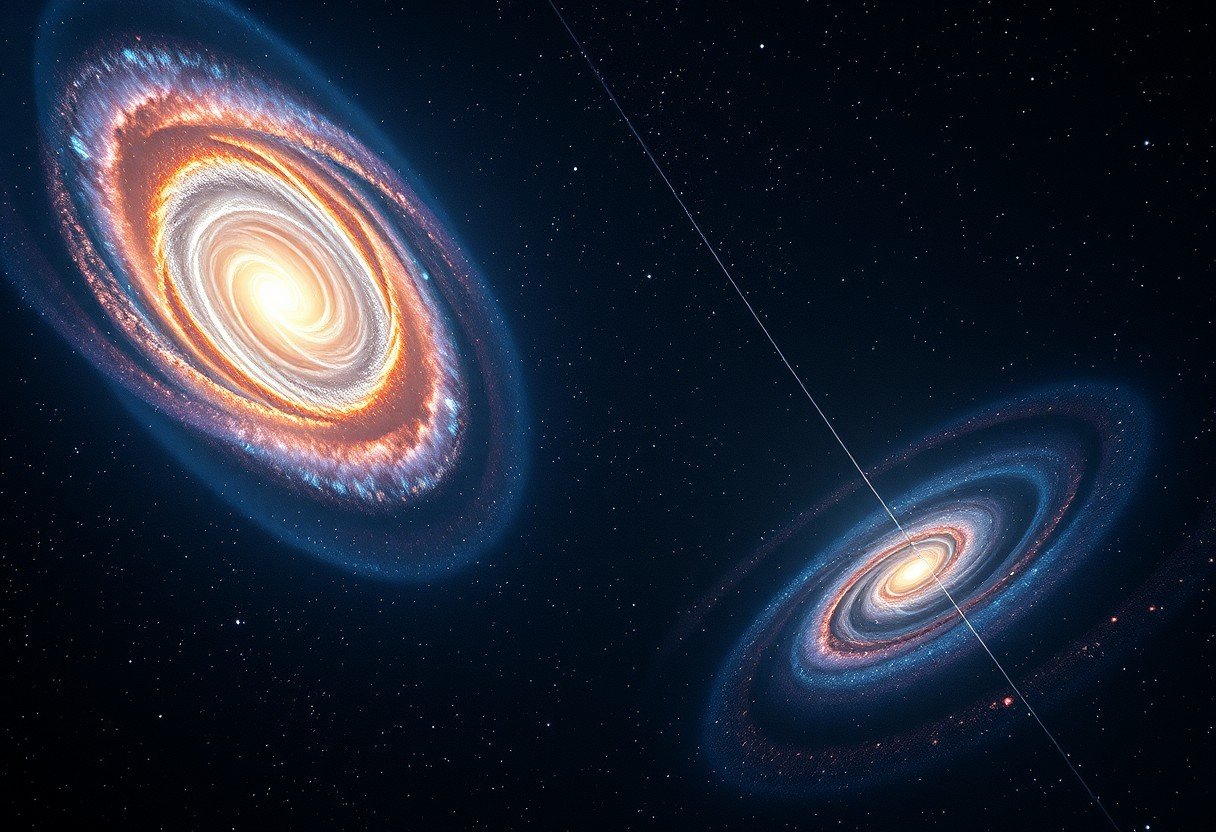

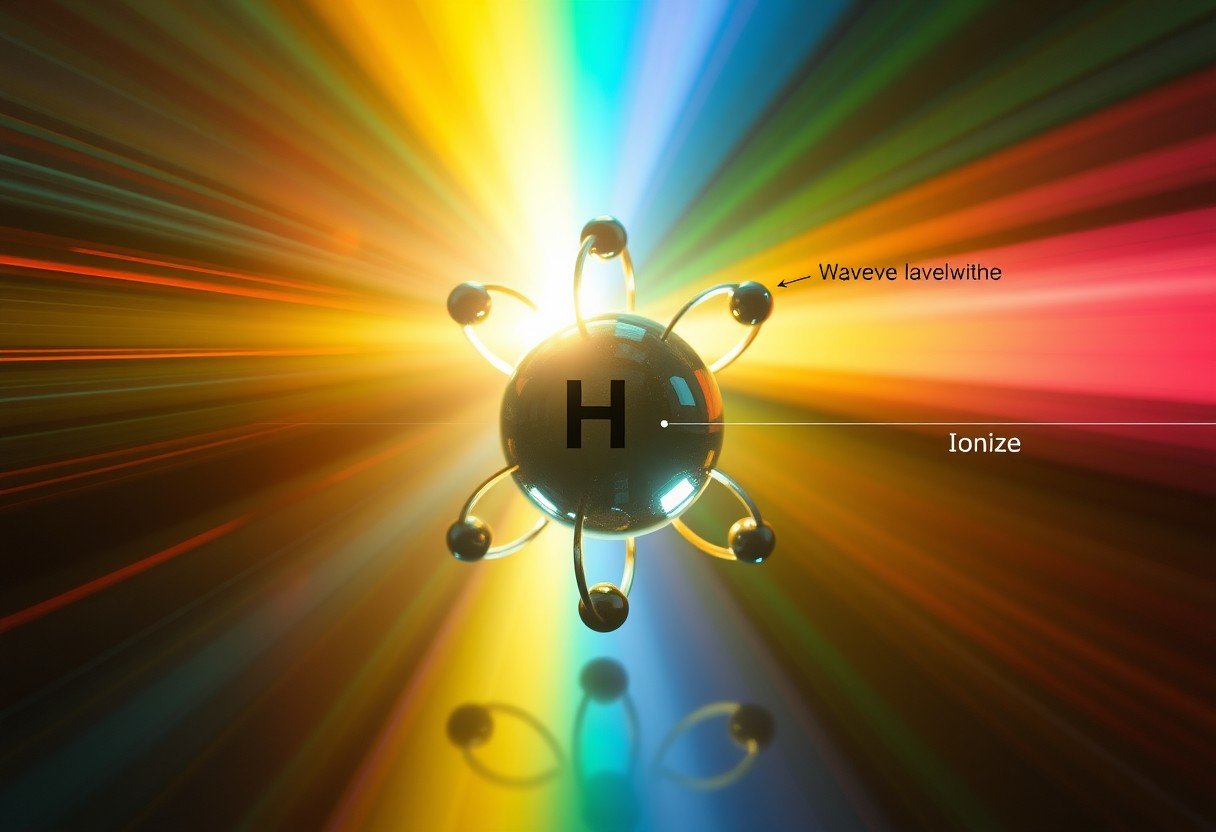
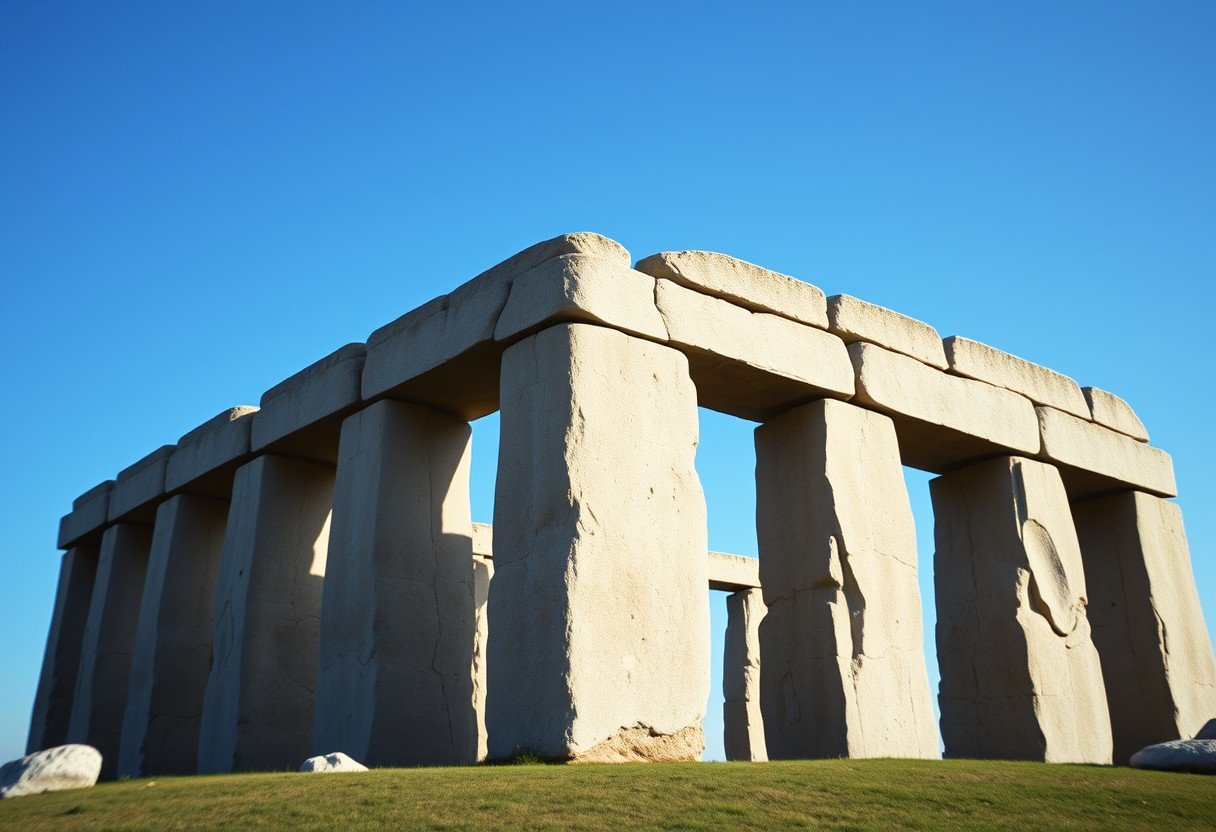
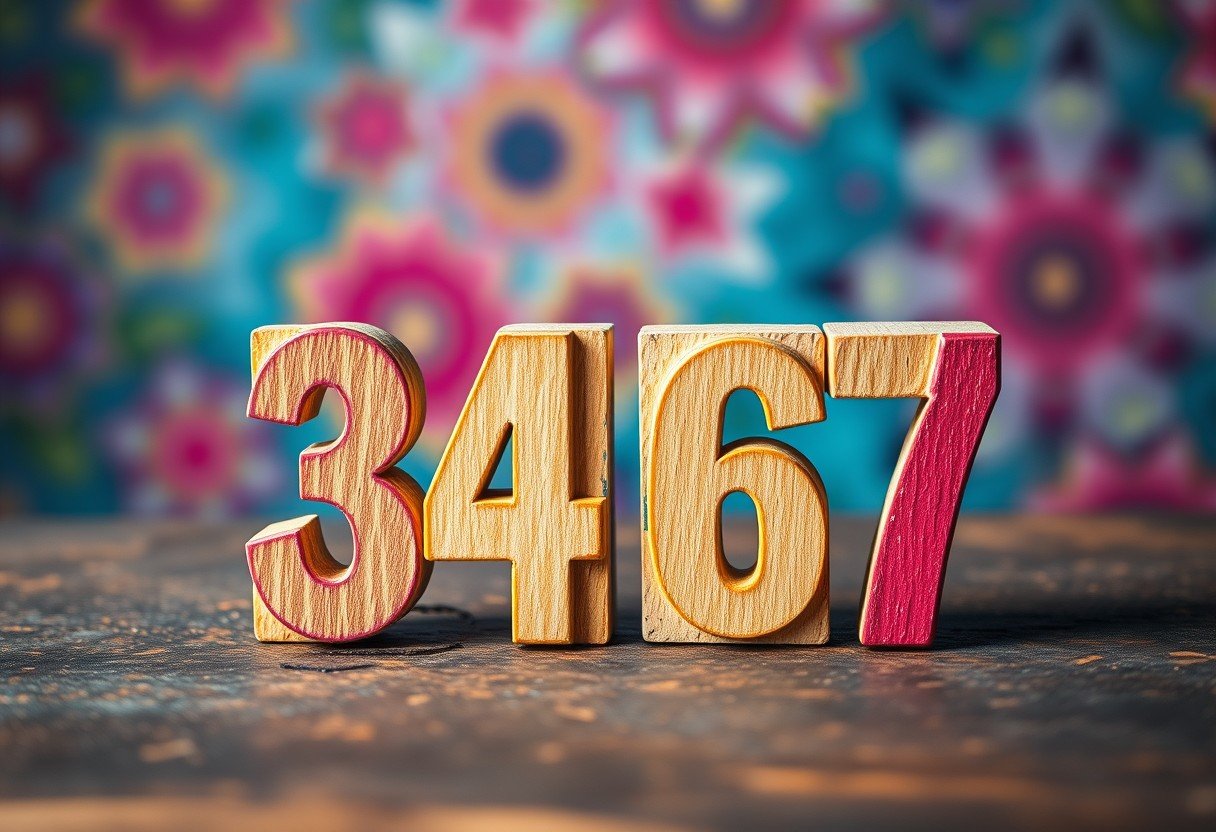
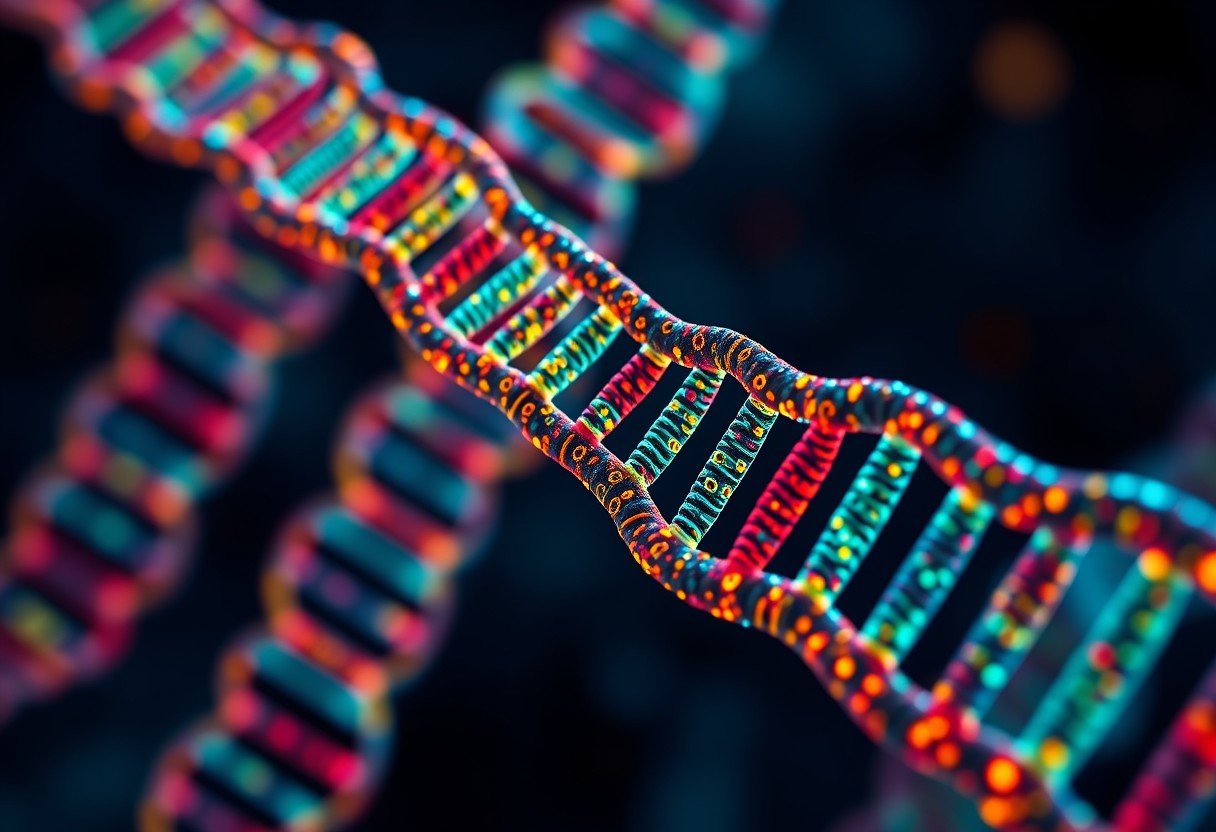
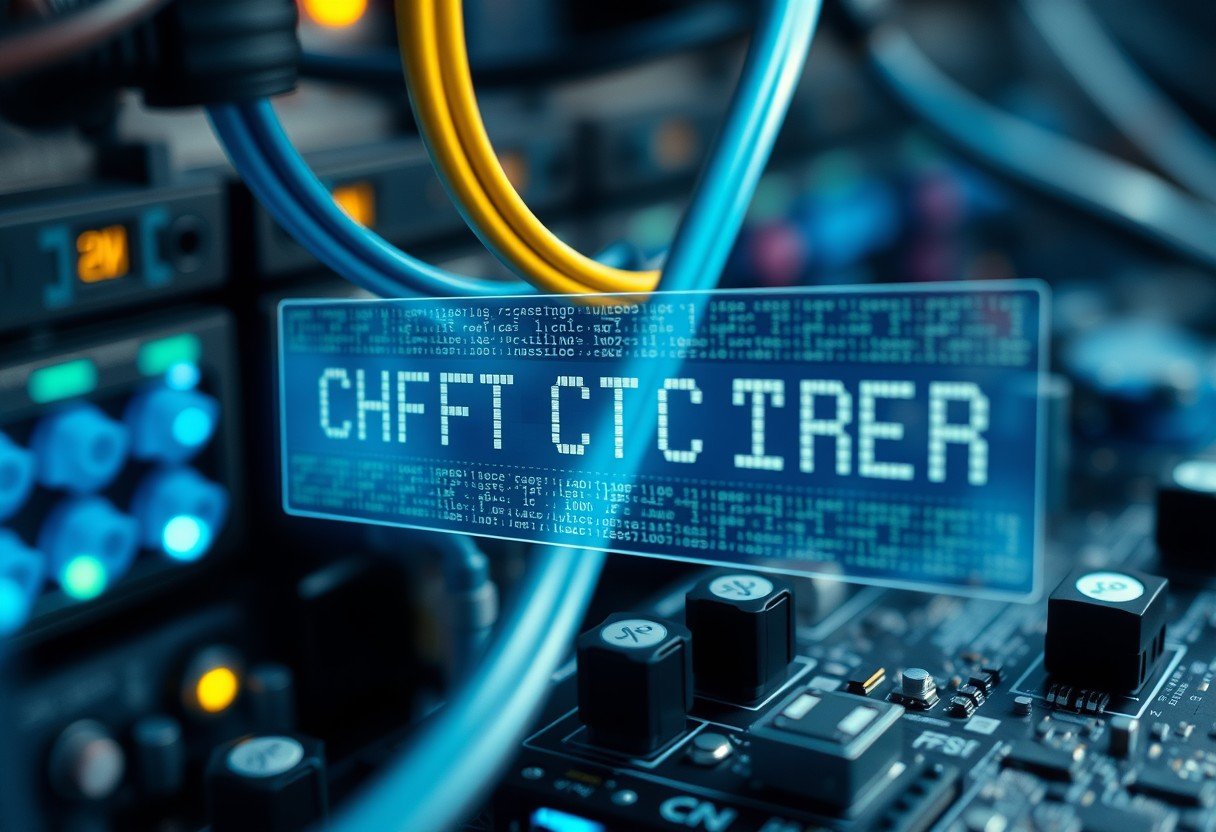
Leave a Comment